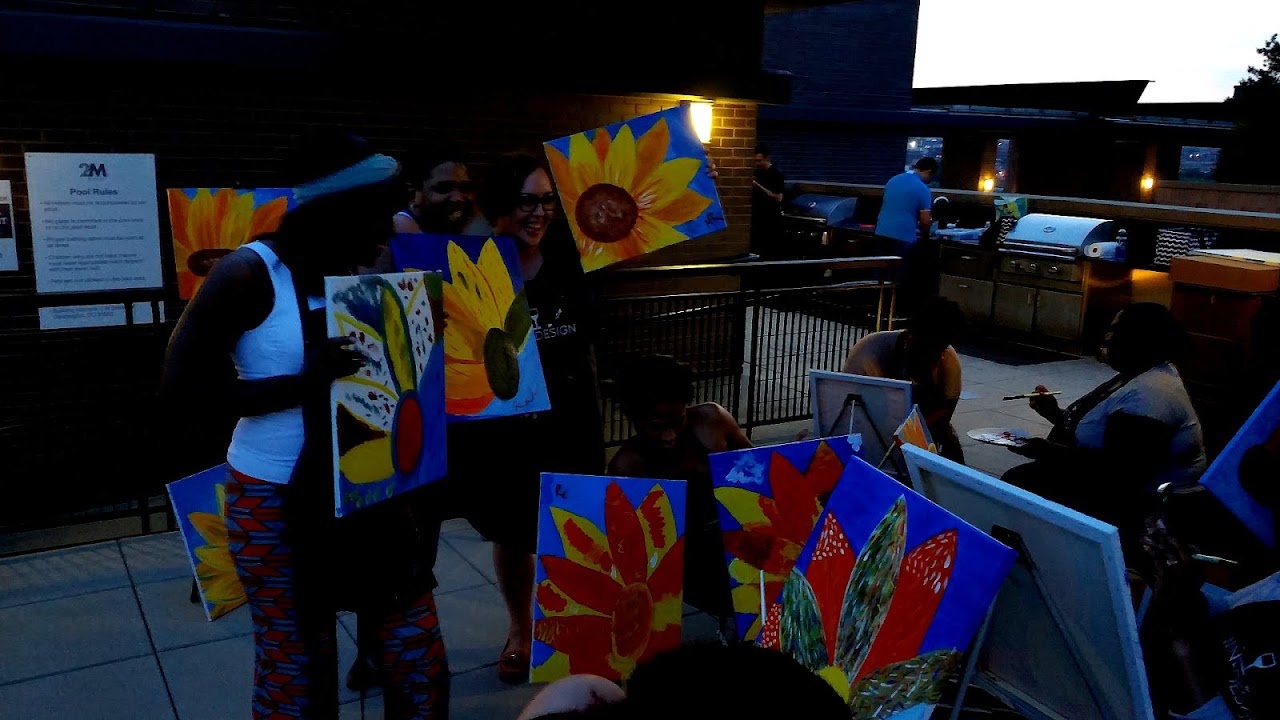
The Smithsonian Folklife Festival, launched in 1967, is an international exhibition of living cultural heritage presented annually in the summer in Washington, D.C. in the United States. It is held for two weeks around the Fourth of July (the U.S. Independence Day) holiday. The Smithsonian Center for Folklife and Cultural Heritage produces the Festival.
The Festival is free to the public, encouraging cultural exchange. Attracting more than one million visitors yearly, the two-week-long celebration is the largest annual cultural event in the United States capital. Usually divided into programs featuring a nation, region, state or theme, the Festival has featured tradition bearers from more than 90 nations, every region of the United States, scores of ethnic communities, more than 100 American Indian groups, and some 70 different occupations. The Festival generally includes daily and evening programs of music, song, dance, celebratory performance, crafts and cooking demonstrations, storytelling, illustrations of workers' culture, and narrative sessions for discussing cultural issues. Cultural practitioners speak for themselves, with each other, and to the public. Visitors participate, learning, singing, dancing, eating traditional foods, and conversing with people that the Festival program presents.

Maps, Directions, and Place Reviews
List of programs by year
The regions and topics featured at the Smithsonian Folklife Festival since its inception in 1967:
Paint And Wine Dc Video
Scenes from the 2008 festival
Source of the article : Wikipedia


EmoticonEmoticon